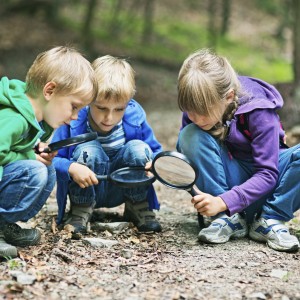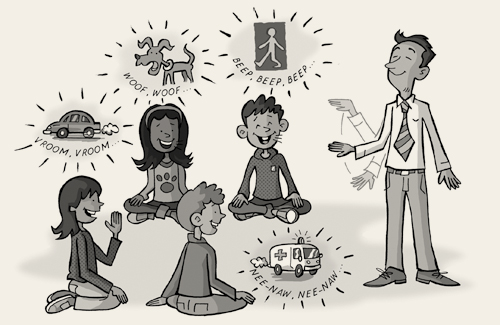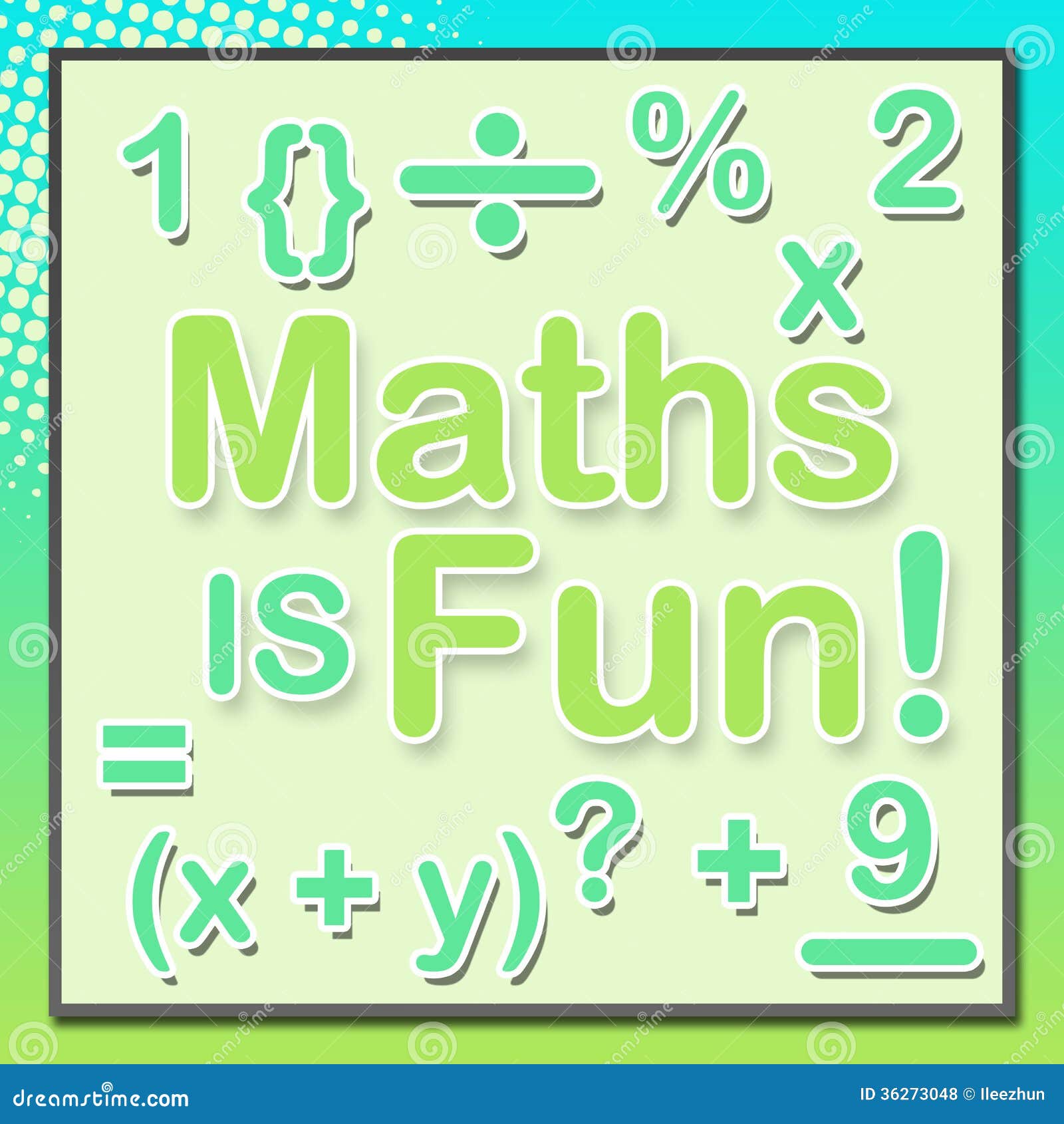As you read the Social Studies Principles and Practice paper, note down anything you find particularly interesting, important or insightful. When you have finished reading, choose the three things which stand out to you the most.
- For one, choose a colour that best represents or captures the essence of that idea.
- For another, choose a symbol that best represents or captures the essence of that idea.
- For the third, choose an image that best represents or captures the essence of that idea.
Be creative and prepare to share at our first 3CM11 Social Studies input.
Colour
“Responsible citizens” – I think this is important as it refers to one of the four capacities of Curriculum for Excellence. By teaching children social studies, it enables them to develop a deeper understanding of geography, history and modern studies therefore, giving them the chance to have their say on world issues and become responsible citizens. I think green best reflects this point as it symbolises the environment in which we live in. By becoming responsible citizens, children show commitment to participating responsibly in political, economic, social and cultural life. They will be able to make informed choices and decisions which will enable them to evaluate environmental issues and take care of their planet.

Symbol
“Developing an understanding of their own values, beliefs and cultures and those of others” – I think this symbol captures the essence of this idea as the handprint represents the pupils own beliefs, cultures and values and the various flags inside represent the beliefs, cultures and values of others. I think this is an important point to highlight within the principles and practice document because to successfully learn the beliefs, cultures and values of others it is important for pupils to have an understanding of their own.
“Learning outdoors” – I think this is an important phrase to address within the principles and practice document as learning outside the classroom benefits students’ understanding of society, nature and the world through concrete experiences. By using outdoor learning in social studies, it enables teachers to train students as active members of society. By getting out into the local community it makes learning more relevant and encourages learning through play and experimentation. I think this image best represents this key point as it shows children’s willingness to investigate the outdoors.










